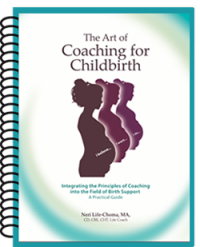Obstetric Nurses Online Program Outline (11 CEs)
The Obstetric Nurses Pathway to Patient-Centered Care is an online program consisting of 7 online lessons. Each lesson includes videos, created especially for the course, a reading list, and additional audiovisual materials. The program is accredited for 11 CEs by the California BRN.
Here is the course outline:
Lesson 1: Childbirth Support and Obstetric Nursing in Review 
The lesson explores the collective concept of childbirth from ancient times to the present and the different agents and roles in maternal care throughout history. Concepts such as authoritative knowledge, evidence-based maternal care, traditional knowledge, and patients’ autonomy are being compared and reevaluated in light of the current reforms in maternal care.
Lesson 2: Introduction to Coaching 
The lesson presents the origins and core principles of the coaching profession. You’ll learn the core competencies of the coaching practice, the coach’s role, and the benefits of integrating coaching into obstetric nursing in order to achieve patients engagement and help birthing individuals to overcome internal resistance and fears.
Lesson 3: Structure and strategies of Birth Support coaching 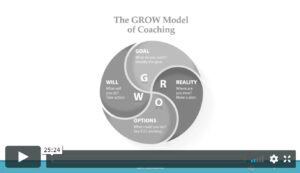
This lesson begins by teaching you a few cool NLP techniques to establish rapport in just a few minutes with your patients. Once you are in rapport, you can use the GROW model of coaching and coach your expectant clients toward achieving their desired experience. You’ll learn how to lead toward shared decisions and use the SHARE and BRAIN models.
Lesson 4: Coping Techniques for Early Phase of Labor 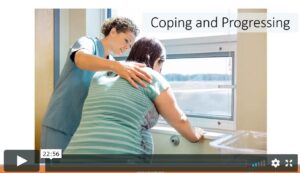
In this lesson, you’ll learn how to facilitate the two most important goals of using labor support techniques: coping and progressing. You’ll be introduced to the principle of matching coping techniques with labor phases. You’ll become familiar with the hands-on labor support toolbox – strategies and props, and learn to coach and support a birthing individual throughout the early phase of labor while engaging their support persons
Lesson 5: Coping Techniques for Active Phase of Labor 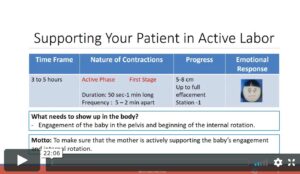
As labor progresses and intensifies, you need to adjust the coping techniques of breathing, massaging, positioning, and visualization to the increased intensity of the active phase. We will also add more coping strategies such as vocalization. Verbal coaching strategies that elicit a positive mindset in light of the increased intensity of active labor will be suggested.
Lesson 6: Coping Techniques for Transition Phase of Labor 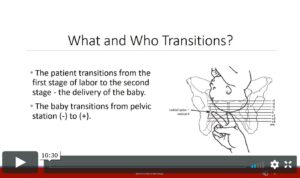
Why is this phase called Transition? Who transitions and where to? Physiological and emotional symptoms of the phase make it the most intense phase of childbirth and the one in which birthing individuals are most likely to ask for pain medication. Matching the labor support techniques based on the two most common scenarios in this phase can help you get them to the next phase without medical interventions. We will add more coping techniques and verbal coaching for moments of crisis.
Lesson 7: Coaching and Coping in the Second Stage 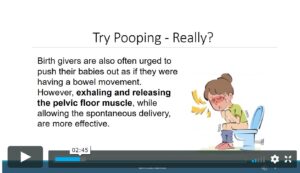
We begin this lesson by exploring the concept of pushing, most commonly associated with this phase. Then we introduce the role of the Fetal Ejection Reflex and how Epidural inhibits this reflex. We then introduce various coping techniques for the second stage of delivery while comparing the effectiveness of using different positions in this stage. You’ll learn some techniques for protecting the patient’s perineum and how to engage the support person.


